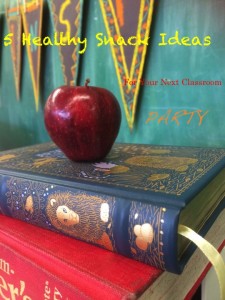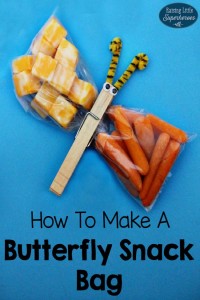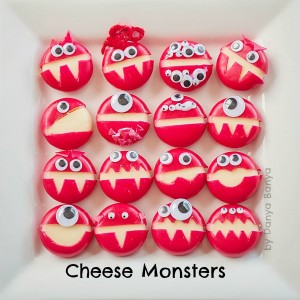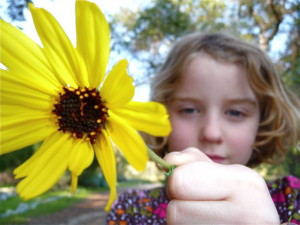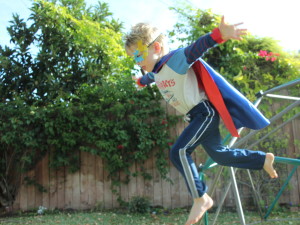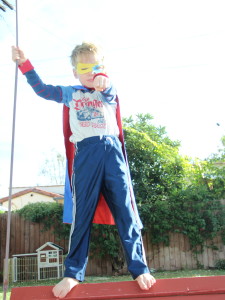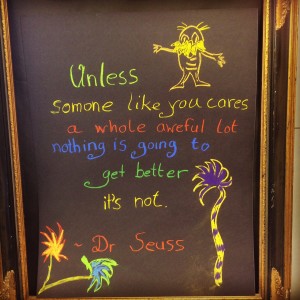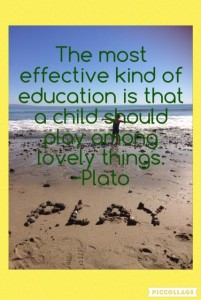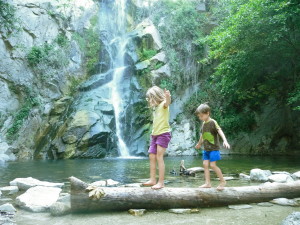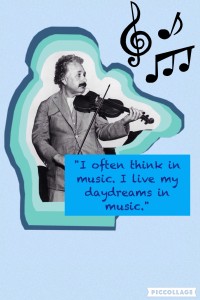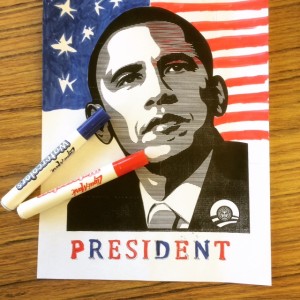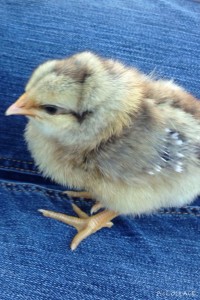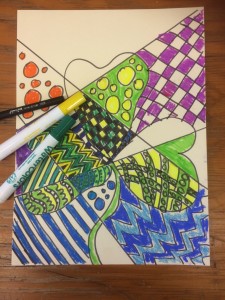
This beautiful art activity is a great way for your students to celebrate St. Patrick’s Day. They draw a shamrock and create the lines with a ruler. Then kids simply add tangle patterns. You can create a beautiful display or send the project home for some Irish appreciation.
Supplies
- Markers
- Crayons
- Ruler
- Pencil
- Google images of tangle patterns
Demonstrate how to draw a shamrock. Show how to draw lines using a ruler. Share some pattern ideas with the class. We usually draw some patterns on the board. Your students might want to draw with a pencil first and outline with a black marker later. Don’t forget to have fun!

